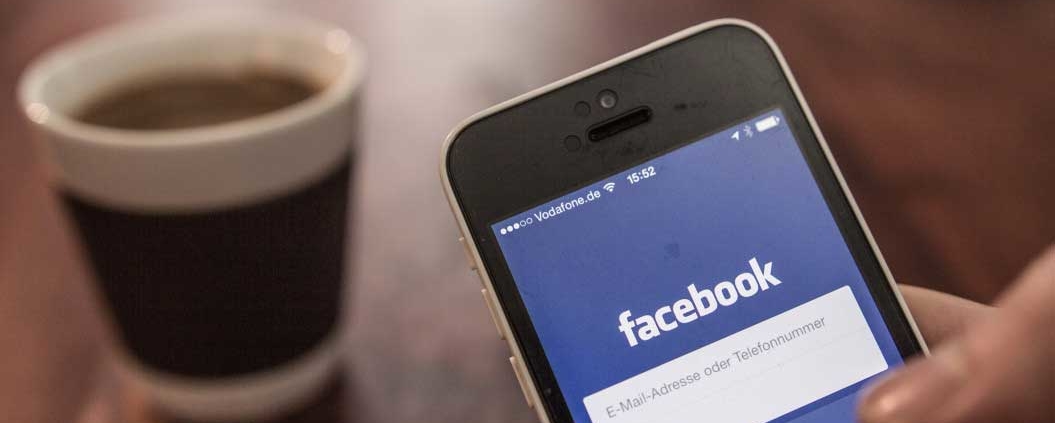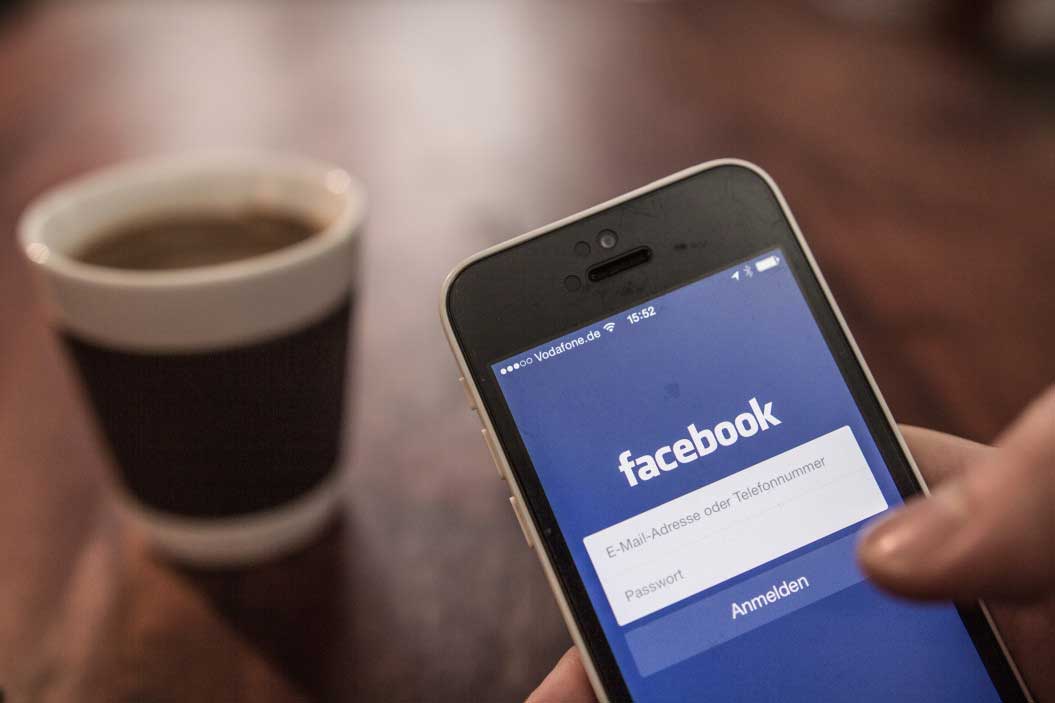Six Signs It’s Time to Update Your Facebook Ads
Editor’s Note: This post has been updated with new links and examples for you to use!
Has your Facebook ads performance dipped? Maybe your ads never achieved your desired outcome like increased eCommerce sales or lead generation. Facebook ads performance can drop off — or never take off at all –– for a variety of factors, but one of the most crucial is your ad creative (copy, images, and video).
Across our clients, Tuff manages anywhere from $1,500 – $100,000 / month in Facebook ad spend. This article pulls from this experience and outlines six factors we’ve identified that can indicate it’s time to update your Facebook ads creative.
If you don’t have the time to read these detailed explanations, here’s the tl;dr on when to know it’s time to replace your Facebook ads creative:
- Campaigns costs are going up / objective completion
- Ad frequency is getting high causing dreaded ‘ad fatigue’
- Facebook ‘Ad Diagnostic’ scores are ‘below average’
- Google Analytics is telling you performance has declined
- Facebook makes an update to any part of the user experience
- You’re not selling more or generating more leads despite an initial bump in performance after the campaign launch
If your ads just didn’t perform in the first place, check your targeting. Even the best ad creative will tank if you aren’t targeting the right audience.
Before jumping into this read, please note, much of what we discuss is irrelevant if your tracking is out of whack. This article assumes that the Facebook Pixel, Google Analytics, and/or other tracking mechanisms are in place to measure your Facebook Ad performance. Unless otherwise stated, all mentions about measurement and metrics are in reference to data available in the Facebook Ads manager and Google Analytics.
Campaign costs are going up. Is the cost for your campaign objective going up?
We typically focus on Facebook campaign objectives of traffic, leads (website conversions), or eCommerce website purchases. If you’re seeing the average costs for these objectives go up, it may be time to update your ads. For instance, if your campaign used to average $4 per website conversion, but now averages $6, it may be time for an ad refresh.
Before you get an update underway, verify that the ad set level learning phase is complete (it takes at least 50 events to exit the learning phase, so depending on your budget and campaign objective, it could take a few weeks to exit the learning phase!), no major edits have been done to the campaign, and that there aren’t external factors at play. For instance, an eCommerce apparel brand might see spikes around the holiday shopping season but then dip at the start of the new year. Or a boot camp designed to help med students study might see huge growth at the beginning of the semester, but then taper off after a few months.
Your ad frequency is getting high (AKA ad fatigue)
Ad frequency is an average of how many times people in your target audience have seen your ads. It’s calculated by dividing the total impressions by the total reach.
Although there’s no hard and fast rule to abide by, our team likes to evaluate ads for declines in performance at around a frequency of 2. Ad frequency is more of an art form to evaluate though, because frequencies that trigger declines in performance may vary by industry and audience. We have seen frequencies of over 10 lead to conversions in niche B2B verticals.
High frequencies often lead to a phenomenon called ‘ad fatigue’ wherein your audience is simply tired of seeing your ad. Unlike paid search where intent is high, social ads are intrusive, and interrupt a user’s feed. High frequency and decreasing performance may mean your audience is tired of your ad, and that you should fire up new copy and creative.
Facebook Relevance Scores are Average or Below Average
Facebook has assigned a ‘relevancy’ score on ads for years. In summer 2019, they broke out relevancy into three categories outlined below. The relevancy scores are now out of three possible ratings, above average, average, and below average. If your ads are scoring ‘below average’ especially in the ‘conversion rate ranking’ or ‘quality ranking’ category, consider a media and copy update.
Facebook Ad Relevance Diagnostic Categories
- Quality Ranking – does your ad ‘fit’ within your audience’s newsfeed? Your ad will receive the worst rating of ‘below average’ if your audience feels like the ad is salesy, trashy, or spam.
- Engagement Rate Ranking – similar to organic post’s engagement metrics, are users liking, commenting, and sharing your ad? If your ad can make these things happen you’ll land best marks of ‘above average’ in this category.
- Conversion Rate Ranking – will users take the conversion action you’ve optimized your campaign for? Scoring an ‘above average’ here, means users are more likely to ‘convert’ from your ad than average Facebook ads.
These Facebook Ad Relevance Diagnostics are scored comparatively across ads on Facebook. The ‘below average’ rating in any category will also tell you if you’re in the bottom 35%, 20%, or 10% of ads overall. Poor marks in ad diagnostics are one of the best indications your ad creative should be updated.
What does Google Analytics reporting tell you?
Google Analytics can be a great arbiter of truth by offering an unbiased look at your Facebook Ads performance. At Tuff, we’ve made it a practice to gut check Facebook campaign reporting with Google Analytics reporting (don’t be surprised when you see that the analytics differ between the two platforms – we often find our Facebook metrics to be slightly inflated compared to Google Analytics).
Using UTM parameters on all Facebook ads allows us to see how the campaign objective, audience and creative perform. In Google Analytics, take a look at your Facebook campaign and individual ad set’s cost per session over time. Look at goal completions. If costs are going up or conversions are going down as reported by Google Analytics, it’s a good indicator that it is time to refresh your ads.
Facebook makes (another) update
Facebook and Instagram are constantly evolving to improve the user experience, and some of those changes call for updates to your ad creative to stay timely and relevant. For example, TikTok and Instagram Reels have changed the way people watch video. Short, vertical videos edited in a style that matches a particular sound are killing it right now.
When an update like this happens, it might be time to update your antiquated video creative to stay relevant. Remember, social ads interrupt a user’s feed – make sure you’re interrupting it with content that makes sense.
How’s your bottom line looking?
Facebook and Google Analytics tracking isn’t perfect for a variety of reasons, so at the end of the day, it’s important to evaluate your own balance sheet. Are more or fewer customers becoming leads or making purchases online? Have increases to Facebook campaigns correlated with upticks in business?
Because of differences in attribution between the two platforms, we often see goal increases in organic and direct site traffic that correlate with an increase in Facebook spend, even though Facebook has a seemingly negative ROAS.
Is that uptick starting to wane? Use common sense, if you launched a $10,000/month Facebook campaign and saw an uptick in business, the campaign is likely playing a role. When performance declines, it’s time to reset.
Conclusion
Facebook thrives on novelty. People are on Facebook for a number of reasons, but when they’re in the app or on Facebook.com, it’s rare they’re looking for an advertiser’s product or service specifically. Ads should be optimized to stop someone’s scroll and get them to take action.
As a rule, it’s often good to start planning your next round of Facebook ads before performance ever dips. This way, you’re not caught on your heels when one of the above factors causes a dip in performance. Though great ads paired with ideal audiences can have a tenure of several months, we like to plan for new Facebook Ads creative every 4-6 weeks.

Kristin is a senior growth marketer and COO at Tuff. After working in a variety of agency landscapes, Kristin found her way to Tuff to work with teams who make make marketing decisions rooted in data and tied to revenue growth. When she’s not building growth strategies or working with the Tuff team to improve our processes, you’ll find her chasing her two kiddos around the house or playing fetch with her dogs.





